October 2025
/October is always a thrilling month in Virginia Beach with peak passerine migration typically falling across the Sep/Oct boundary, with shorebirds still on the move and with waterfowl and other wintering species beginning to arrive prior to month’s end. At least one of the two dikes at Back Bay NWR remain open through October, which typically assists us with a few species not found elsewhere in the city. In total, 207 species produced accepted records in eBird for the city, 145 of which were species that had been recorded every October throughout the prior decade (2015–2024), and 62 of which were recorded less than annually over that span purely during the month of October. We ended up above the prior 10-year average value of 200 species recorded during Octobers (the prior 10-year median value was 201, for those who like to compare medians instead of averages). The prior decade of Octobers ranged from a low of 181 species in 2015 up to a high of 216 species in 2020. Clearly, any monthly iteration can vary depending on the weather, and a lot of other factors. Shorebirds produced the highest total (26 species) for that group compared to the prior 10-year Octobers mark of 25 (2019, 2021 & 2022). Waders tied the high mark of 13 species (2017, 2021 & 2024). Sparrows (15 species) also tied the prior 10-year Octobers high mark set also in 2015 & 2023. Other groups were within the minimum and maximum values this month, with more discussion at the bottom of this posting.
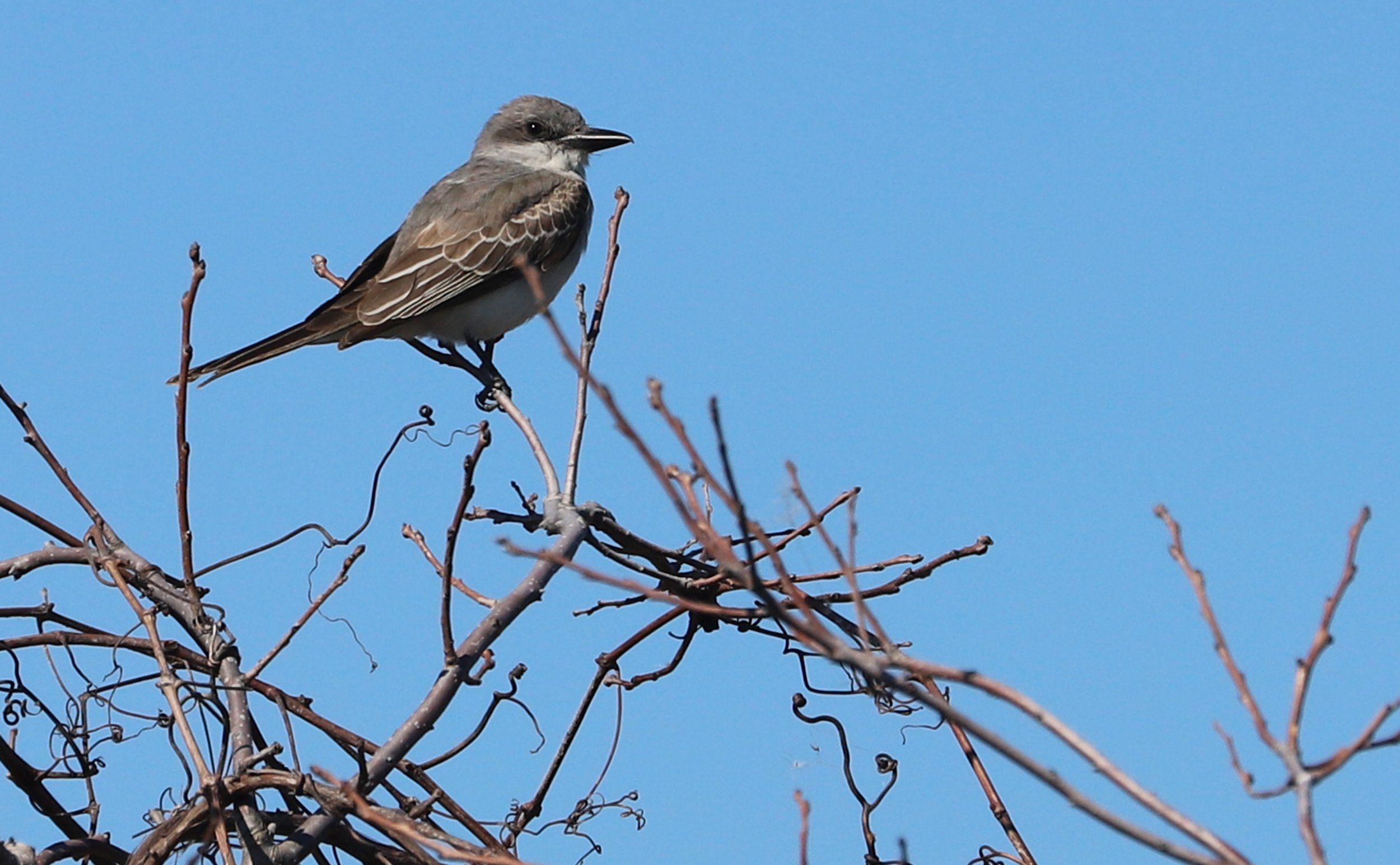
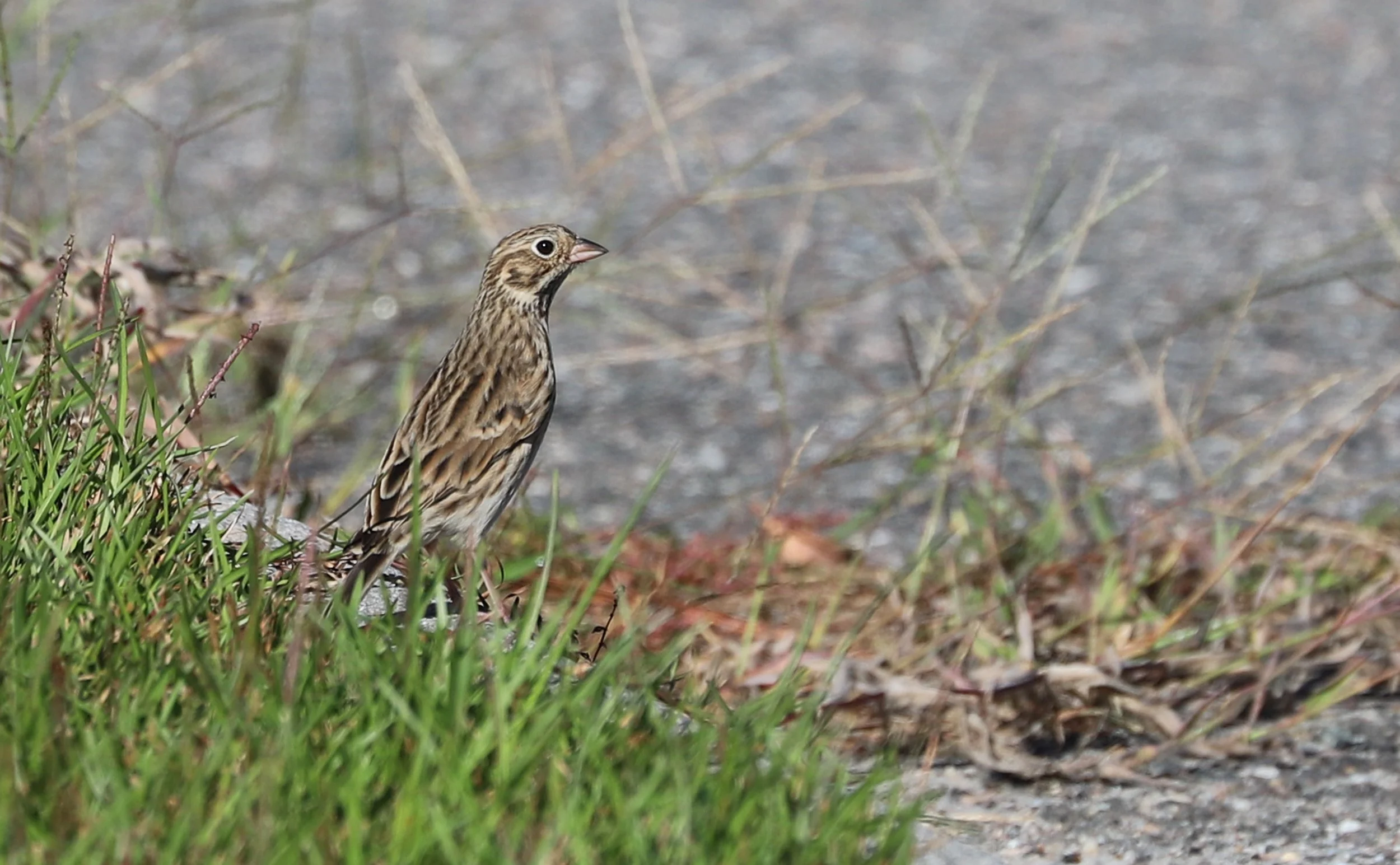
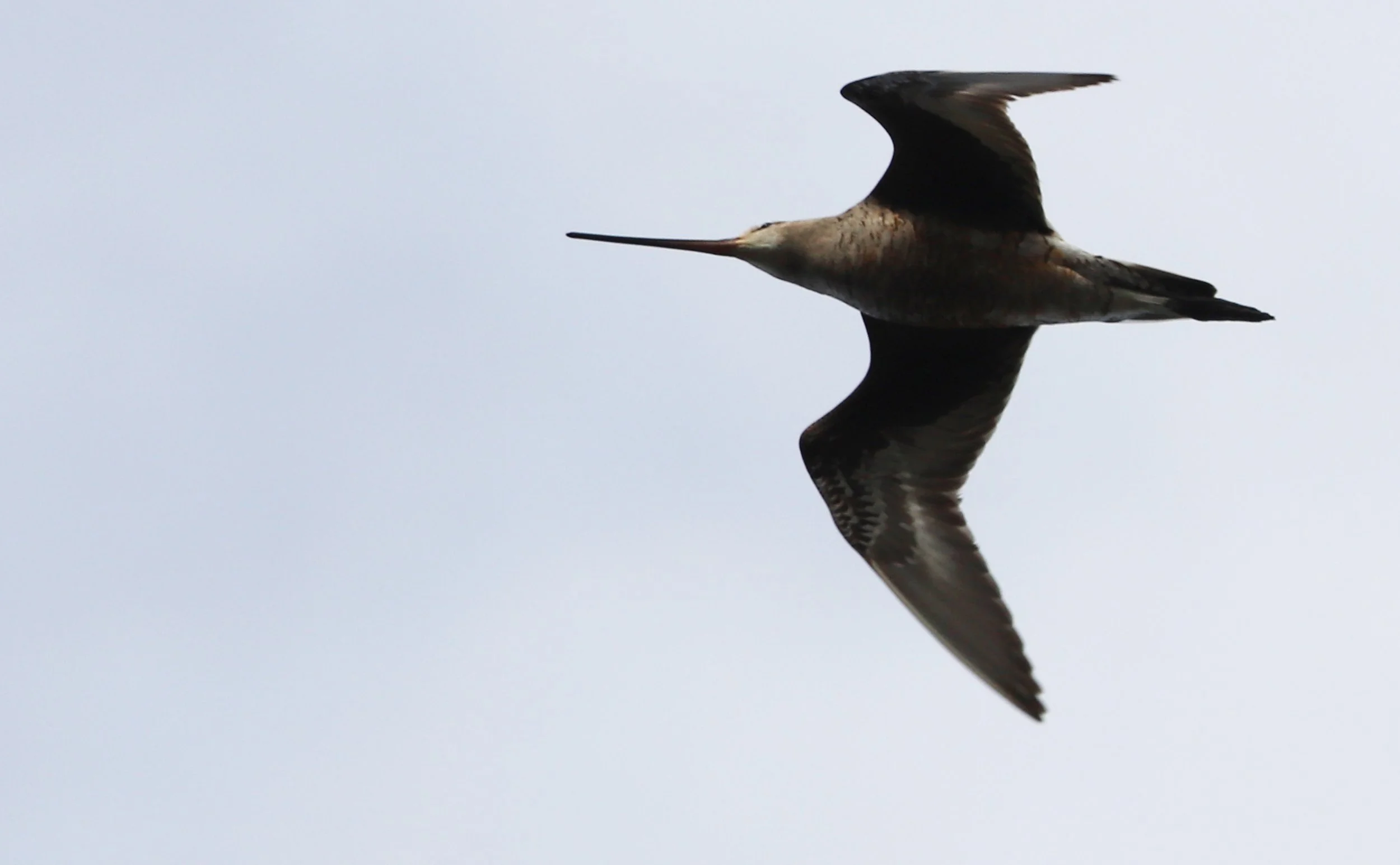
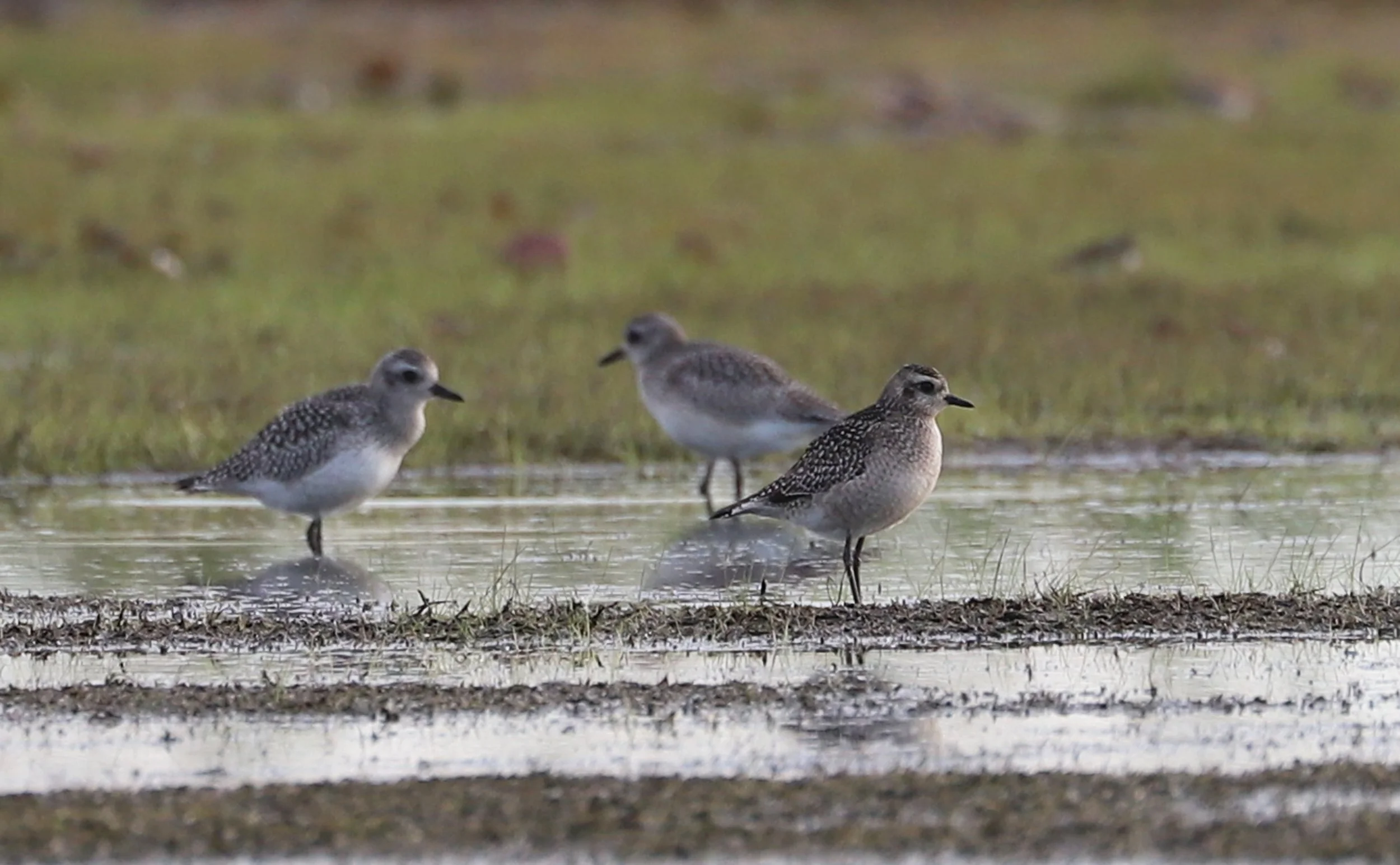


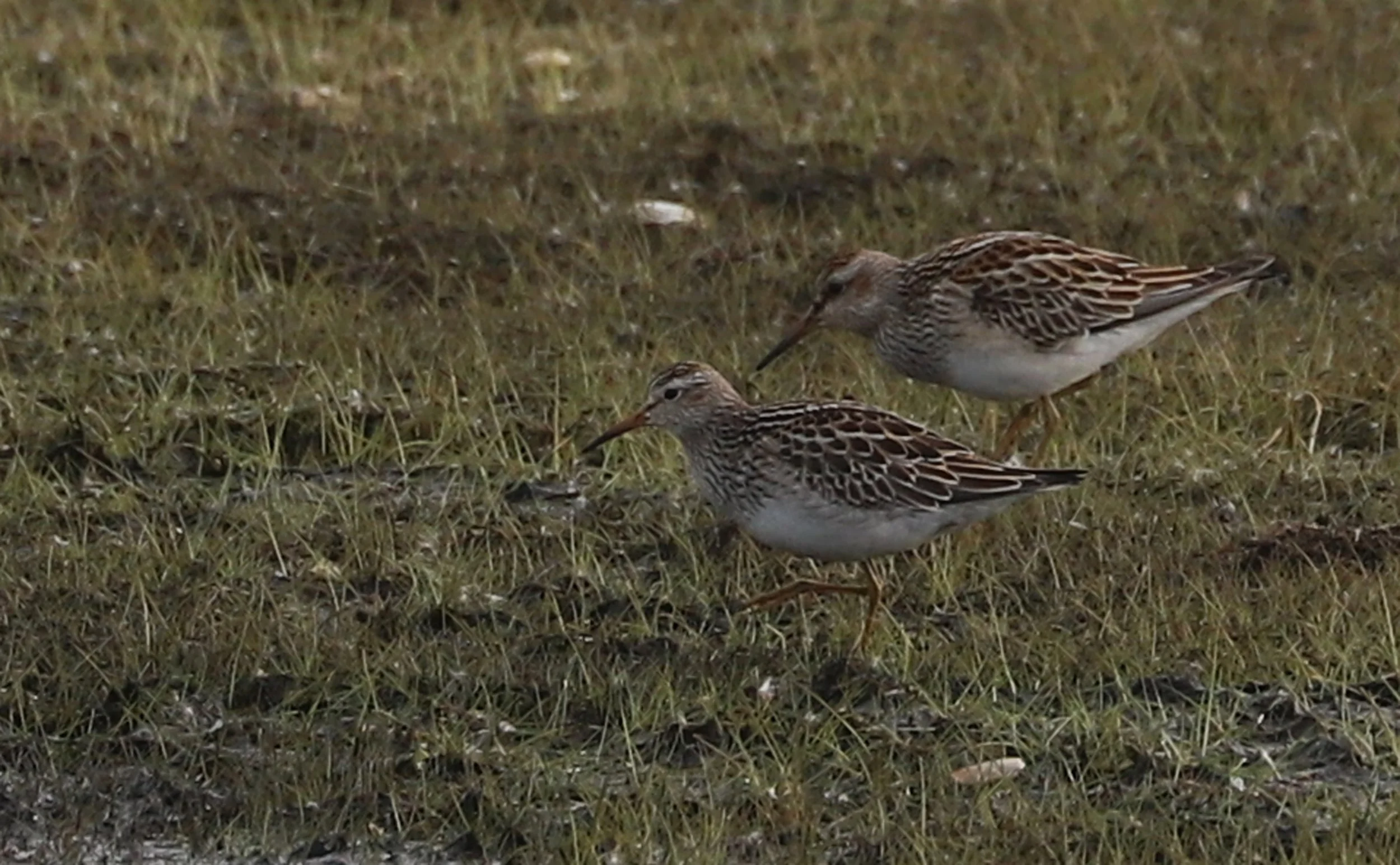

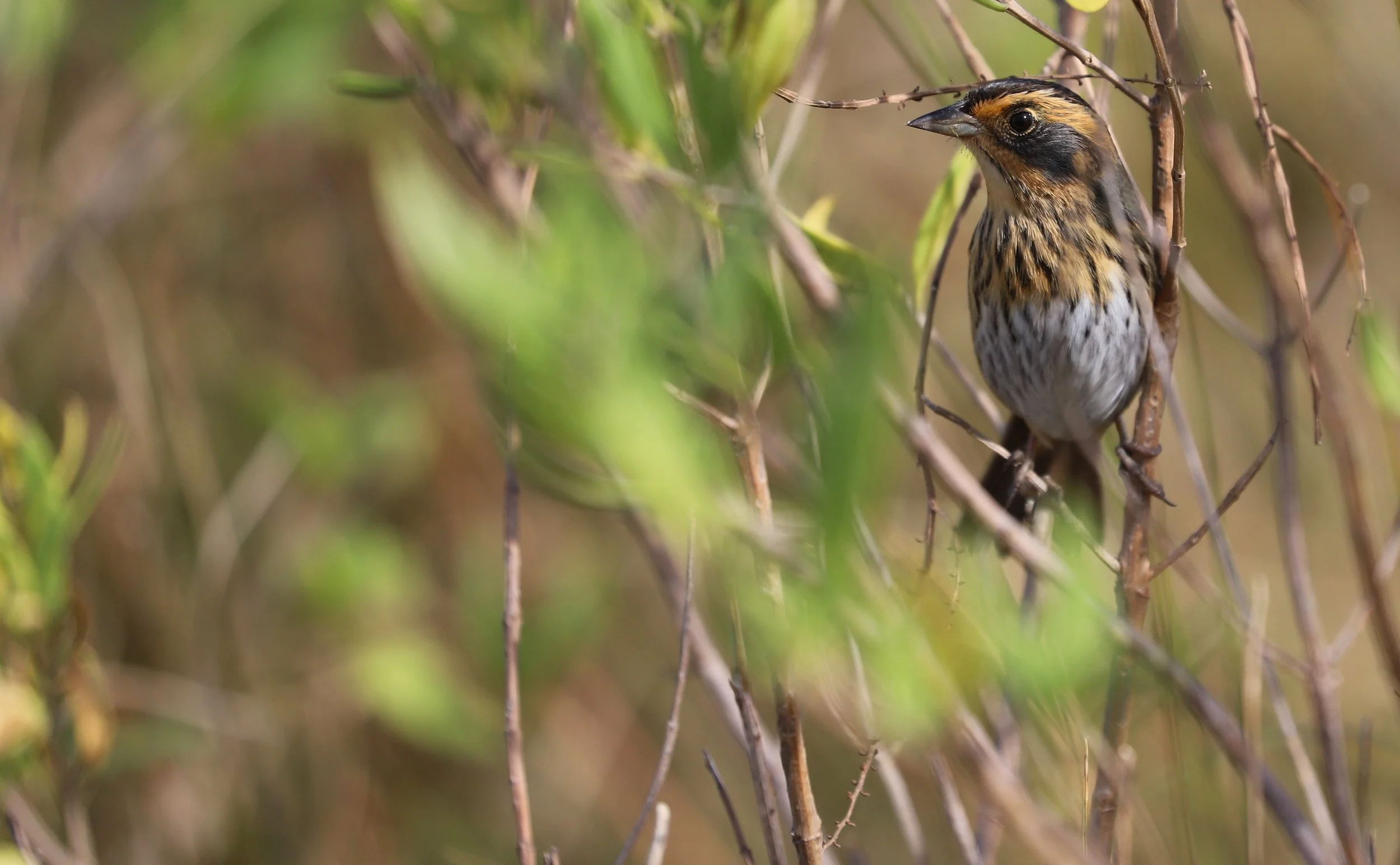
To showcase some of the unusual species documented in Virginia Beach this month, the following is a list of the species that were recorded to eBird in October 2025 that were recorded in less than ten of the prior ten Octobers (2015–24). Clicking on a species name will load up the October 2025 map in eBird, so records can be easily viewed. Please note that this is solely based on eBird records, and this isn’t an analysis of what “should/shouldn’t” be present in the city during October. Subspecies, slashes & spuhs were not investigated. This is simply intended to be an enjoyable look at what was recorded this month across the city in comparison to prior Octobers; it’s not scientific, but it helps to showcase some of the unusual records based on time of year. Please enjoy!
Four species observed in Oct 2025 had not been recorded to eBird in any of the prior ten Octobers:
Cackling Goose (this is the first-ever October eBird record for Virginia Beach)
Redhead (this is the first-ever October eBird record for Virginia Beach)
Baird’s Sandpiper (this is the first-ever October eBird record for Virginia Beach)
Snow Bunting (2009 was the most recent and the only other October eBird record for Virginia Beach)
One species observed in Oct 2025 had been recorded to eBird in only 1 of the prior ten Octobers:
Gray Kingbird (2016 was the most recent and the only other October eBird record for Virginia Beach)
Four species observed in Oct 2025 had been recorded to eBird in only 2 of the prior ten Octobers:
Three species observed in Oct 2025 had been recorded to eBird in only 3 of the prior ten Octobers:
Five species observed in Oct 2025 had been recorded to eBird in only 4 of the prior ten Octobers:
Four species observed in Oct 2025 had been recorded to eBird in only 5 of the prior ten Octobers:
Eight species observed in Oct 2025 had been recorded to eBird in only 6 of the prior ten Octobers:
Nine species observed in Oct 2025 had been recorded to eBird in only 7 of the prior ten Octobers:
Seven species observed in Oct 2025 had been recorded to eBird in only 8 of the prior ten Octobers:
Sixteen species observed in Oct 2025 had been recorded to eBird in only 9 of the prior ten Octobers:
In terms of species not recorded within Virginia Beach this October, here is a list of species that had been reported in at least half (five) of the prior 10 Octobers: Ovenbird (recorded in 9 of the prior 10 Octobers), Yellow-breasted Chat (8), Veery (8), Pine Siskin (7), Tennessee Warbler (7), Philadelphia Vireo (6), Yellow-throated Warbler (6), Hooded Merganser (6), White-winged Scoter (5), Snow Goose (5) and Common Gallinule (5). All in all, we did quite well in finding the species we should be finding in October, though missing Ovenbird is a bit of surprise.
Looking more at selected groups of birds: Waterfowl diversity matched the average & slightly bested the median 10-year mark with 18 species (prior 10-year data ranged from 13–25 species). Shorebird diversity (26 species) set a new high mark, with notable rarities like Baird’s Sandpiper, American Avocet, Hudsonian Godwit, Long-billed Dowitcher, American Golden-Plover, and quite a few late lingering species bolstering the total. Gulls & Terns (12) also matched the average, and the median (prior range 11–13). Waders (13) tied the high mark and exceeded the average & median values of 11 & 11.5. Raptor (9) tied the low mark, but the past 10-year range was only 9–10 so one species would have pushed us to a tie with the high mark instead. Flycatchers (3) matched the average, and slightly missed the median of 3.5, falling one short of the 4 observed in about half the prior years. Finches matched the average and median with 3 species (prior range 2–4). Sparrows tied the high mark of 15 set in 2015 & 2023, with the prior range being 11–15 and with the average and median values each being 14. Warblers came in below average with only 21 species (range 19–28), for which 23 had been the average & median.
Overall, passerine diversity (93) was just slightly below the average of 94 and slightly above the median of 92.5 (range 87–103; high mark was in 2020) and non-passerines produced records for 114 species, just below the high mark of 115 set in 2018 and well above above the 10-year average of 105 and median of 109 (prior range 89–115). Windy conditions due to a long-lasting nor’easter during the first half of the month likely helped contribute to the lower number of passerines. These winds provided perfect winds for migrants to continue moving south, while likely staying inland, and made detection of any such birds here all the more difficult. So, everything points to February 2025 being a slightly above average month compared to the prior ten iterations, and there were plenty of exciting birds beyond even what the discussion above includes.
Monthly species diversity should start to drop now that October has passed, though November often comes with some interesting surprises. Considered by many to be the start of the vagrant season where species from the west end up here and species from far to the north can be driven south to us as well it’ll be interesting to see what is found throughout the state in the ensuing 30 days!